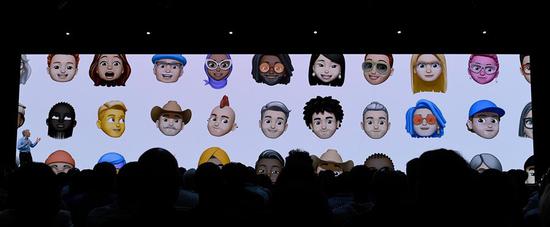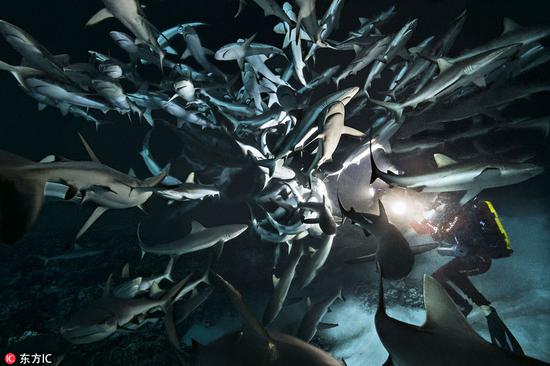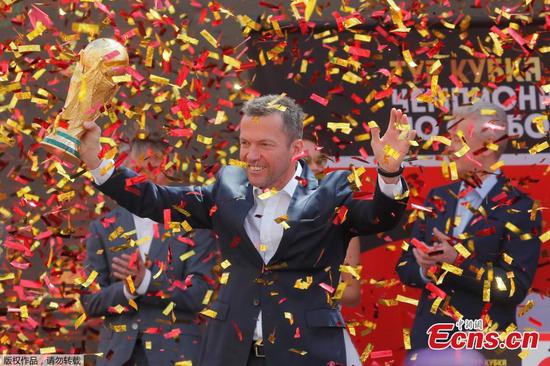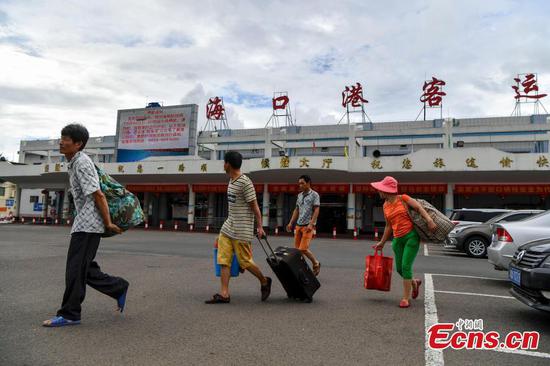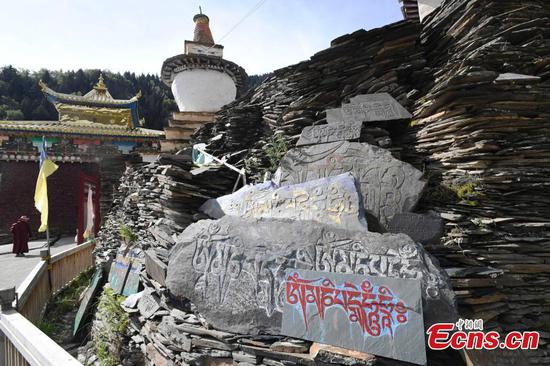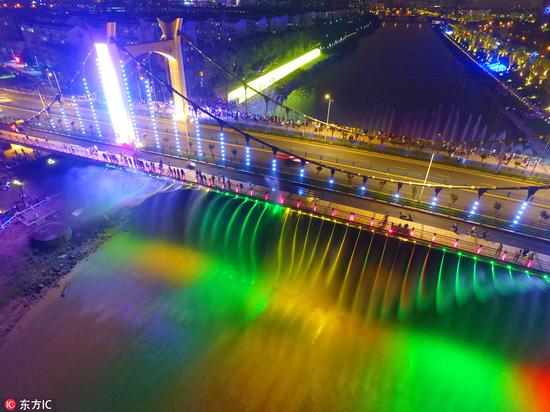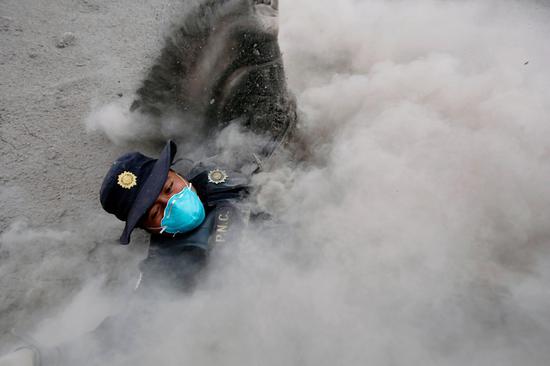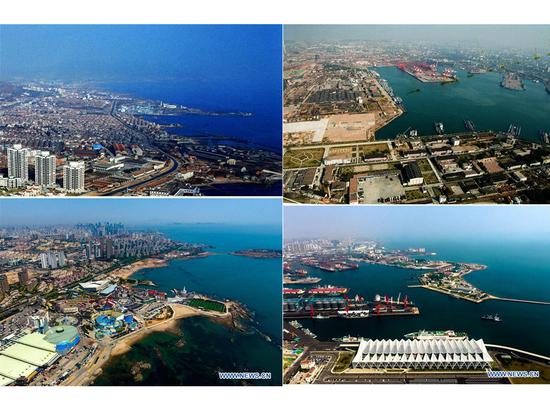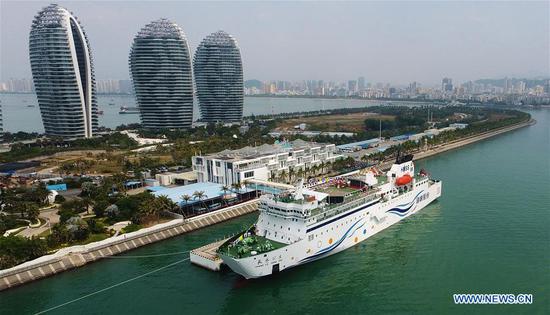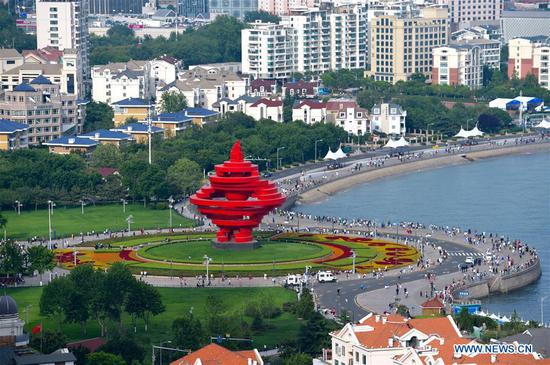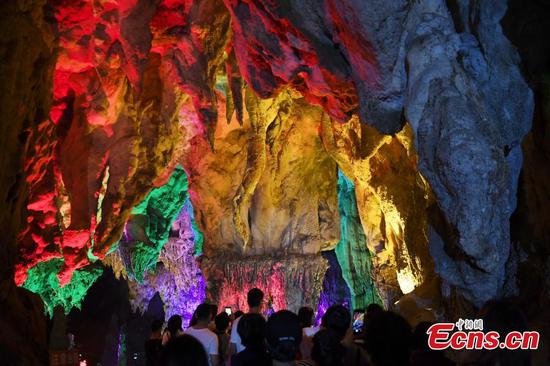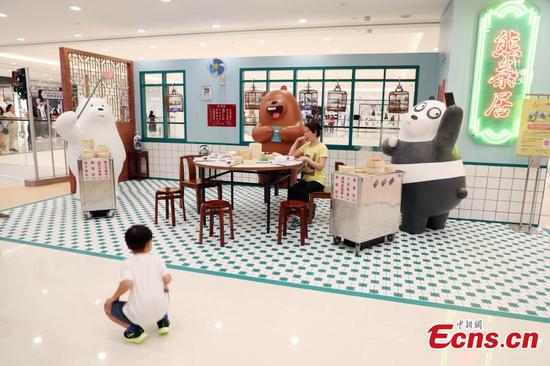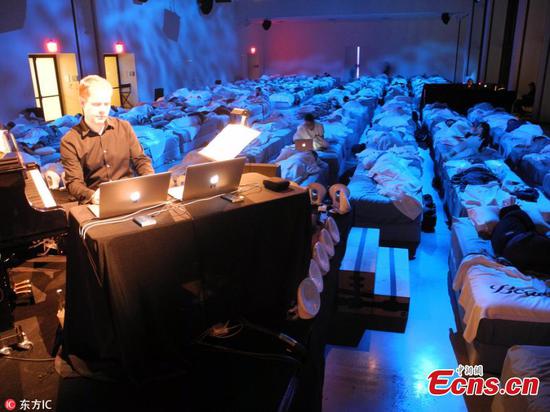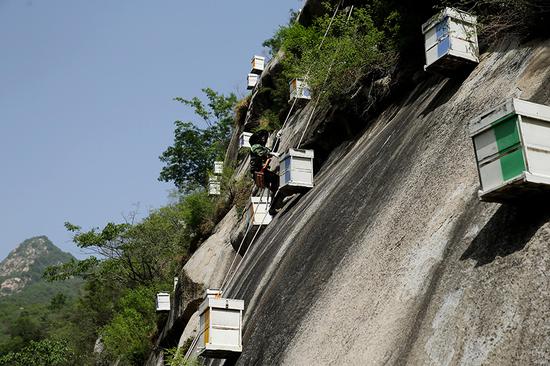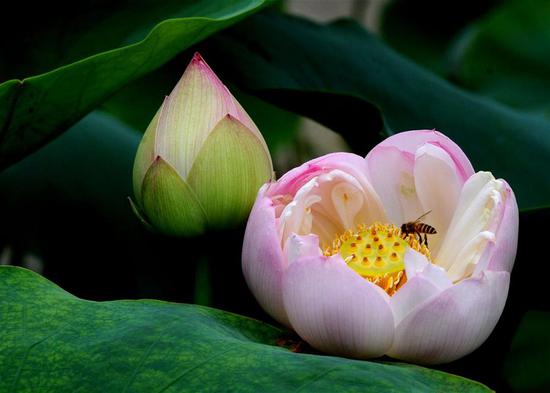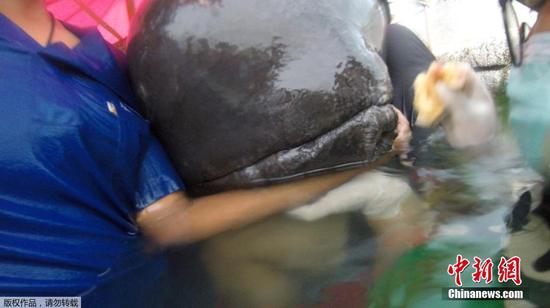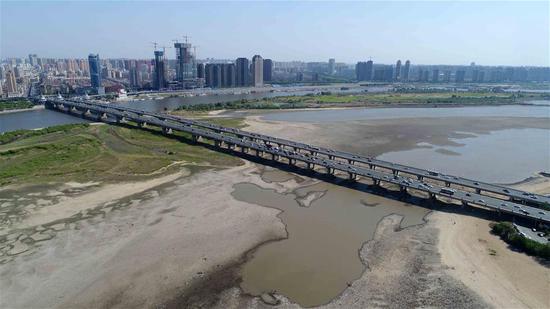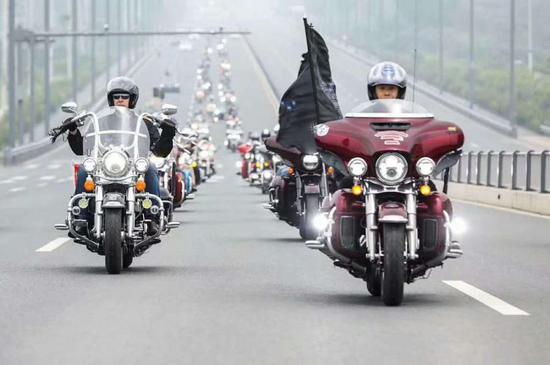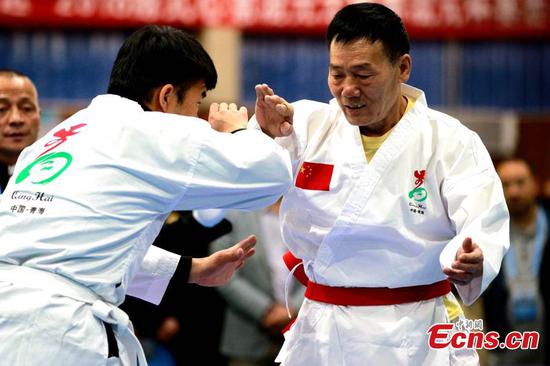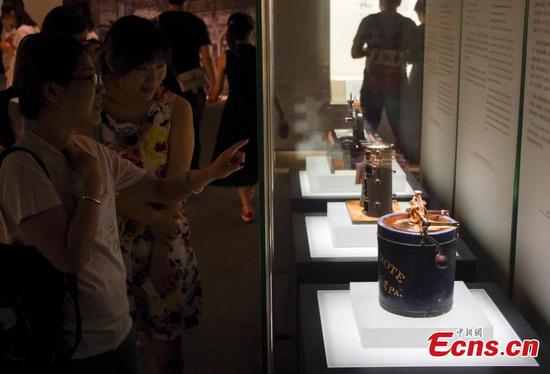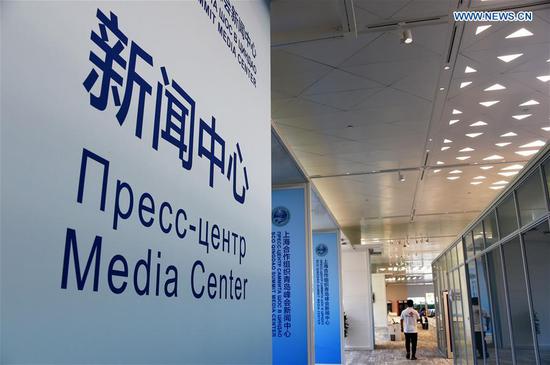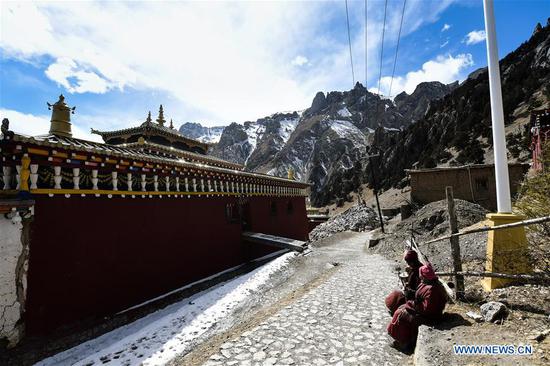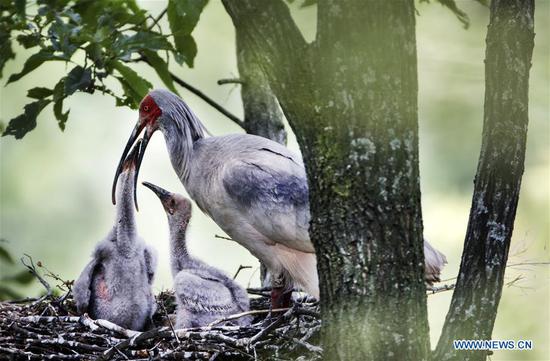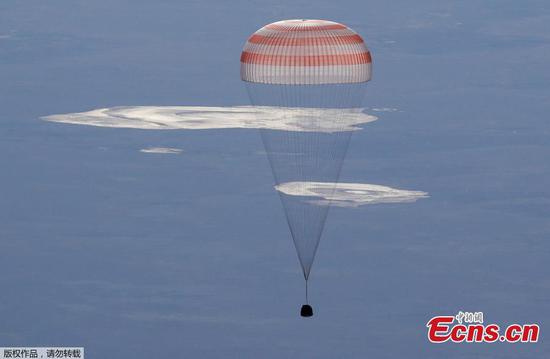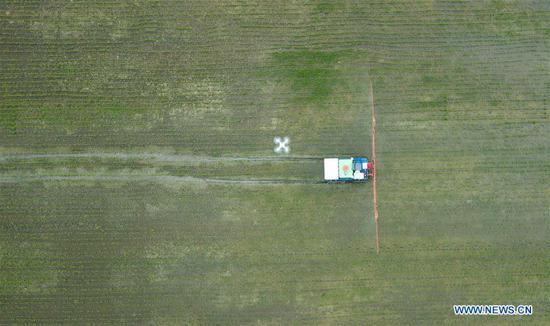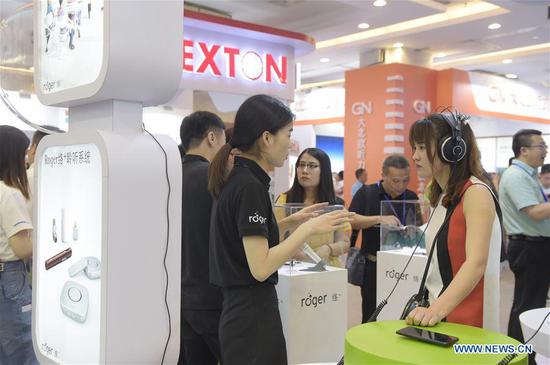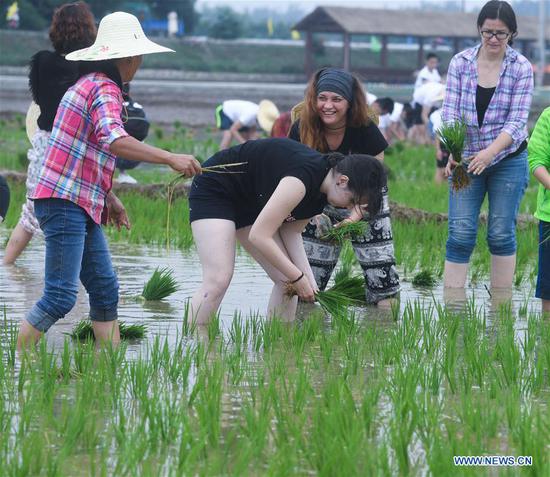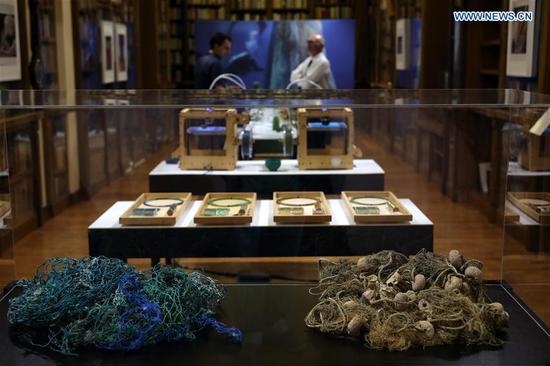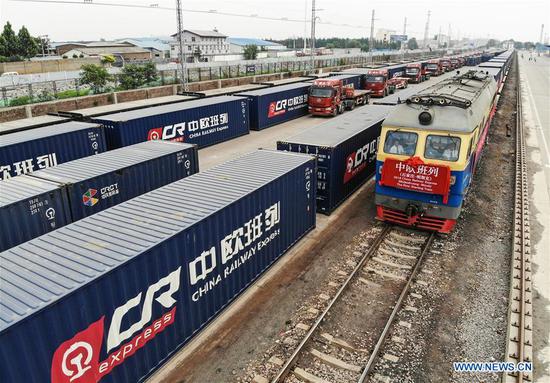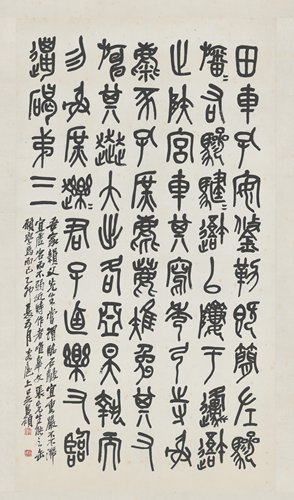
A calligraphy work by Wu Changshuo (Photo/Courtesy of Zhang Ying)
An exhibition showing seals, paintings and calligraphy by Wu Changshuo (1844-1927), a prominent artist in the late Qing Dynasty (1644-1911), kicked off on Sunday at the Palace Museum in Beijing.
Born in East China's Zhejiang Province, Wu devoted himself to calligraphy after developing a strong interest in early Chinese writing scripts. Moreover, he led the Xiling Society of Seal Art, an academic organization based in Hangzhou for seal engraving artists.
Famed for his painting, Wu's art has been highly praised for helping rejuvenate the traditional Chinese category of flower and bird paintings. According to Wu's art theory, painting and seal carving are closely related to one another and should be highly integrated.
The first time that the Palace Museum has showcased Wu's achievements, the exhibition features more than 200 artworks created by Wu over his 40-year career.
The exhibition is divided into four parts that cover the origin of Wu' painting style, an introduction to his freehand ink paintings, his influence on art and his calligraphy and seals.
The first part displays Wu's works alongside that of other masters such as Chen Chun (483-1544), Xu Wei (1521-1593) and Ren Bonian (1840-1895) so visitors may see how Wu inherited his painting technique of freehand flower painting.
The second part follows the theme of flowers in different seasons. Breaking from the traditional way of displaying artworks chronologically, this section displays Wu's most representative paintings so visitors may gain insight into how the artist viewed and decided to present the beauty of nature.
The third part narrows the focus onto Wu's art exchanges with other artists and includes paintings by Wu and other artists such as Chen Shizeng (1876-1923), Chen Banding (1876-1970) and Qi Baishi (1864-1957) who were impacted by Wu's unique art style.
The last part displays Wu's calligraphy, poetry, paintings and seals to provide a comprehensive picture of Wu's career.
"I'm really into the design of this exhibition," Lan Daqian, a visitor at the exhibition told the Global Times.
"Elegant vases and some dried flowers were placed beside the paintings and calligraphy works, which I think really fits the exquisite style of Wu's works."
Along with this exhibition, the Palace Museum has also published a book featuring the integrated collection of Wu's paintings and calligraphy works, which visitors can find in the small room next to the exhibition, which is being held in the Forbidden City's Hall of Literary Glory.
"We arranged a high-quality exhibition in the Hall of Literary Glory," Shan Jixiang, the director of the Palace Museum told the Global Times. "Before visitors even enter the three impressive main halls of [the Hall of Supreme Harmony, the Hall of Central Harmony and the Hall of Preserving Harmony], they will feel that they have already stepped into the imperial palace, a giant museum, [when they enter the Wu Changshuo exhibition]."
The exhibition is scheduled to end on July 15.










